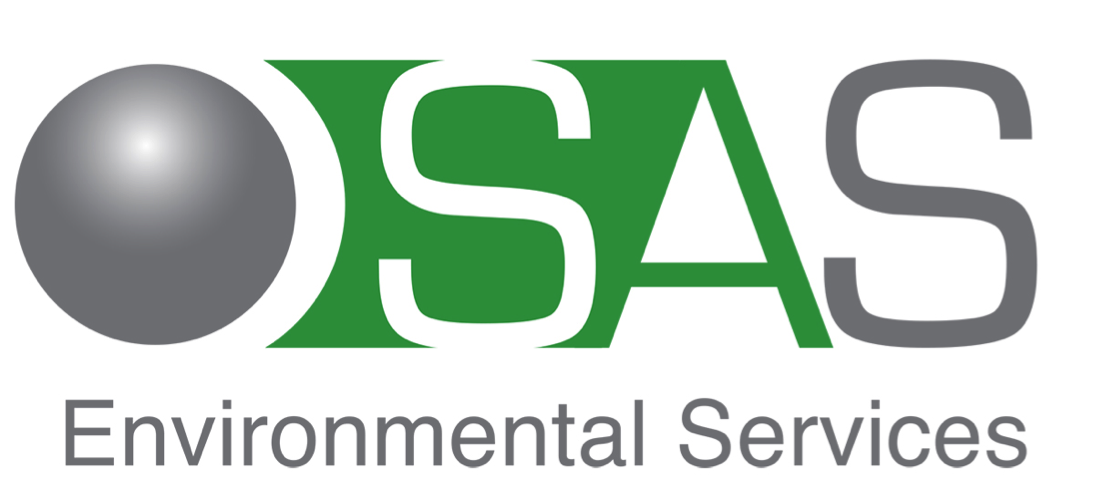Oil Sludge Treatment in Scotland
/Oil Sludge Challenges
Today we’re going to share with you a brilliant case study of work we carried out at the Ineos refinery in Grangemouth. The Ineos refinery in Grangemouth had about 20 000 tons of oil sludge in storage just outside Edinburgh in Scotland.
The problems were such that 20 000 tons of oil sludge with quite a bit of crude oil still in it was in storage. The only disposal option after a change in regulations was incineration, which had to take place just north of London, in England. That is a very long drive indeed and many trucks needed to move 20 000 tons of oil sludge south a very costly operations. There was a need to try and recover the valuable oil from this crude and reduce the amount of waste for disposal and ideally create waste for disposal that could go to landfill rather than incineration, so this was a fascinating project to get involved in.
Oil Sludge Treatment Design
What we did is we designed a process where we recovered dry solids through the supply of SAS SludgeTreat. What happened is we injected our SAS SludgeTreat chemistry and microemulsion chemistry into the oil sludge. This gets very quickly mixed in inline mixing system and it then goes through a decanter centrifuge inside the unit. The outcome is very dry solids which can go to landfill. The water can go to a wastewater treatment plant. The oil is then recovered and is of a good quality.
Successful Outcomes
This is what we did for 12 years and over the first 4 years alone doing the numbers on the work that we did together Ondeo industrial solutions and the Ineos refinery, we recovered some $4M worth of high quality crude oil through this process that went straight back in to the refining process so this oil was of a very high standard.
We reduced the waste that had to go to disposal by over 80% that was basically the dry solids that we produced in the decanter. The process doesn't produce a wet sludge, but a very dry solid material and it didn't have to go to incineration, but it went straight to a landfill site. The waste disposal savings in transport landfill tax and disposal costs was $9M over a 4-year period using the SAS SludgeTreat and MIST process.
We played a very small part in keeping Scotland so amazingly beautiful. It's been a brilliant project to be involved in and we would love to get involved in more brilliant projects with you. We would love to create some new case studies that we can share with you so if you have any waste treatment problems, if you have any waste treatment projects you're working on in oil waste then get in touch with us on any one of the many channels that are available. We would love to talk to you and see if we can help you.
Find out more about oil sludge treatment in our Video Case Study by clicking below.










